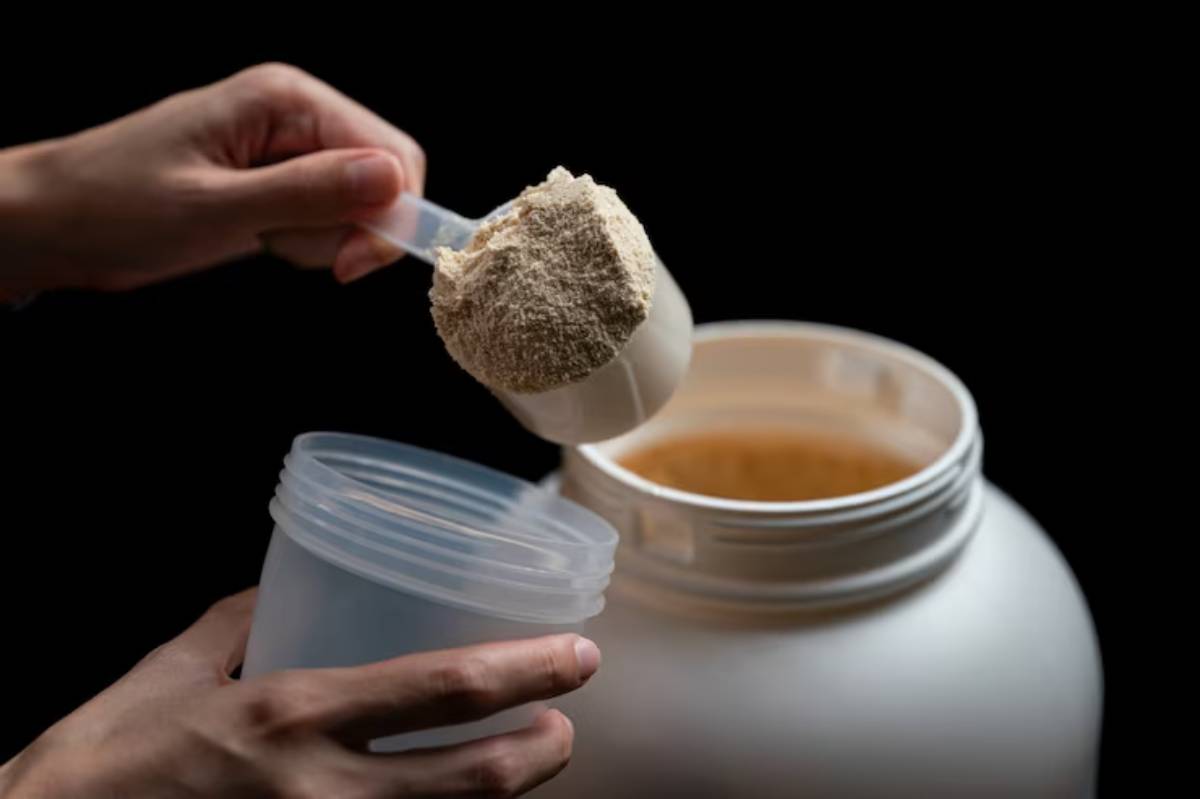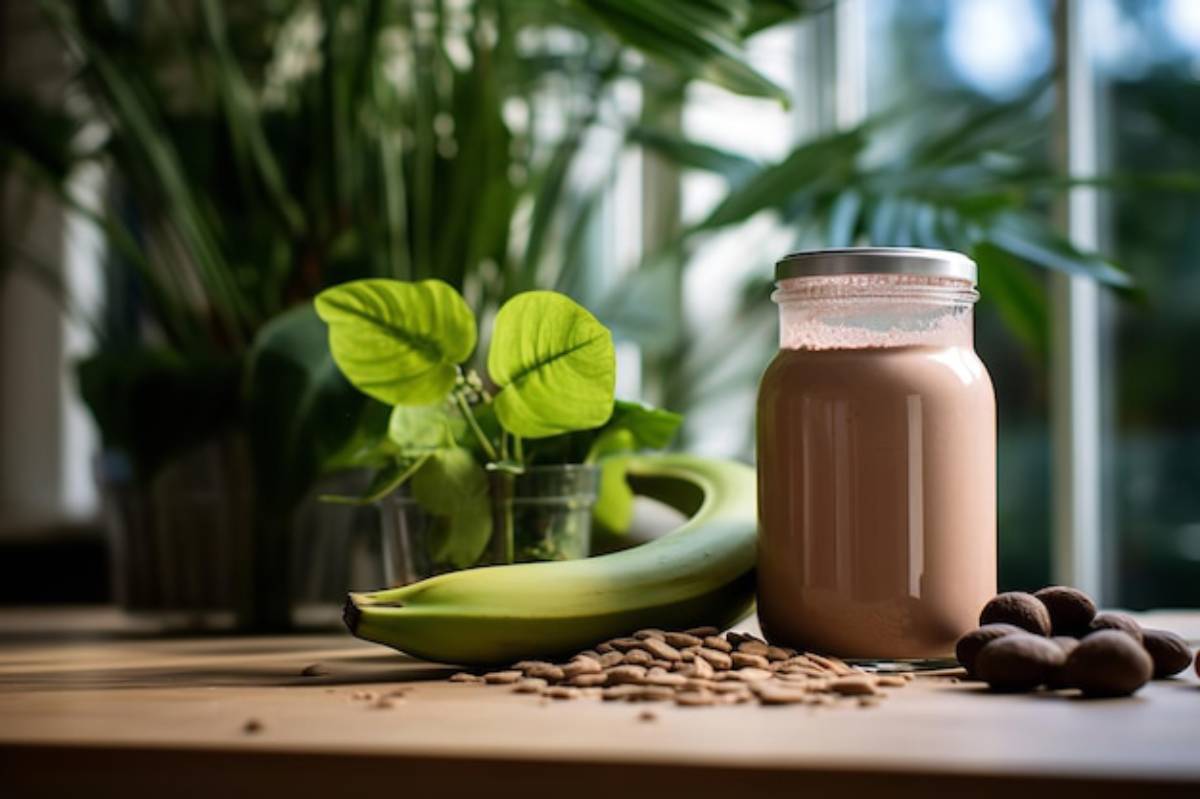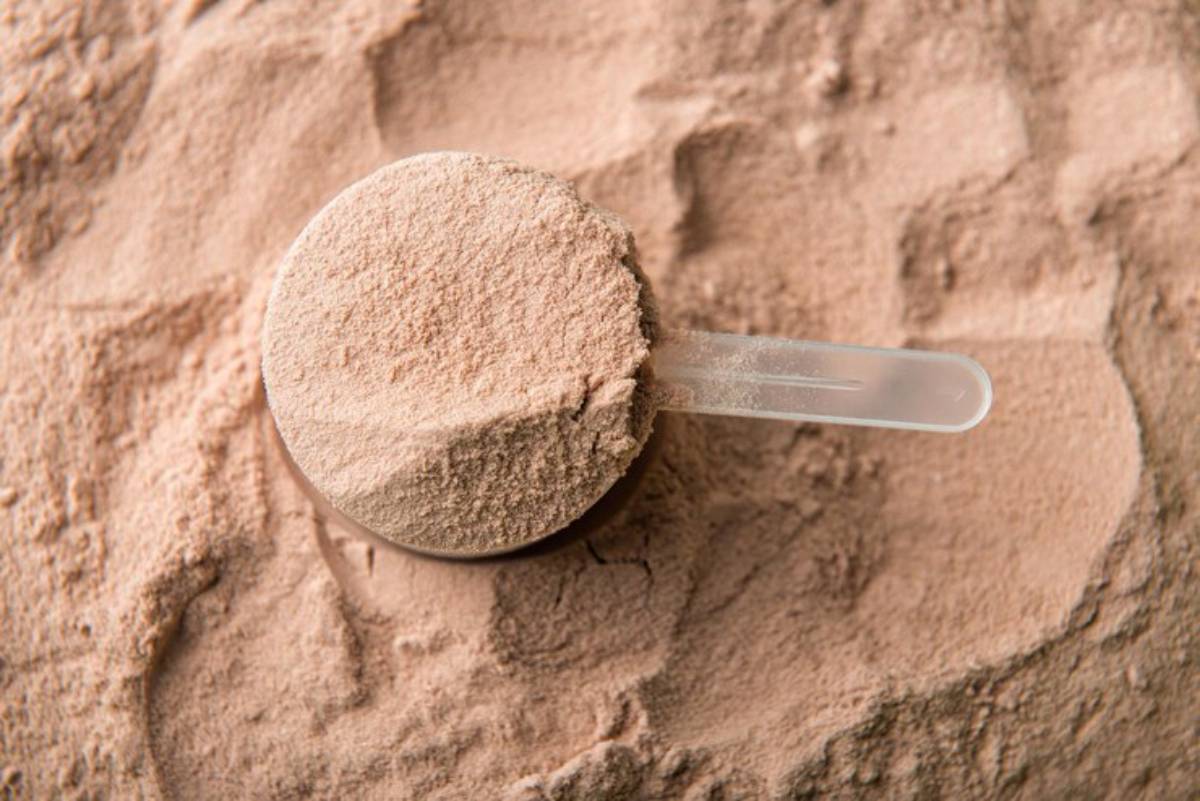
How to Cycle Creatine for Long-Term Gains
You’ve probably heard of creatine as the go-to supplement for quick strength gains and better gym performance. But what if you’re in it for the long haul? That’s where a solid creatine cycling plan can be the game-changer.
Just like training, nutrition, and recovery, the way you use supplements matters. Cycling creatine isn’t about doing things on autopilot. It’s a strategy. One that could help you avoid plateaus, enhance results, and support your progress over months and even years.
In this detailed guide, we’ll break down what creatine cycling really means, when and how to do it, the science behind the creatine loading phase, and how off cycle benefits might surprise you. Whether you’re just starting out or looking to optimise a long-term stack, this is your roadmap to smarter supplementation.
What is Creatine and Why It’s Popular
A Quick Recap
Creatine is a naturally occurring compound that fuels short, explosive bursts of activity. It helps your muscles regenerate ATP—the energy molecule that powers lifts, sprints, and all-out effort.
Supplementing with creatine:
- Boosts strength and power
- Increases training volume
- Enhances recovery
- Supports lean muscle gain
It’s also one of the most studied and safest supplements in sports nutrition.
Forms of Creatine
- Creatine Monohydrate (most common and affordable)
- Creatine HCL (more soluble, requires smaller doses)
- Buffered and micronised versions (for better digestion or mixing)
Note: Regardless of form, cycling strategies apply broadly across all.
What is Creatine Cycling?
The Basic Idea
Creatine cycling involves rotating periods of supplementation with short “off” phases. The goal is to maximise performance benefits while reducing any potential side effects or tolerance over time.
Think of it like training blocks—your body adapts to consistent stimuli.
Cycling creatine helps:
- Resensitise your muscle cells
- Manage water retention
- Give your digestive system a break
The Creatine Loading Phase: Boosting Muscle Saturation Fast
What is Loading?
The creatine loading phase is a short-term strategy to saturate your muscles quickly.
- Taking 20g per day for 5–7 days, split into 4 daily doses
- Then reducing to a maintenance dose of 3–5g per day
Benefits:

- Faster muscle saturation
- Quicker results (strength, endurance, muscle volume)
Drawbacks:
- Potential for bloating or GI discomfort
- Overkill for some users
Alternative: Skip loading and just take 3–5g daily. It’ll take longer to saturate (3–4 weeks), but results are comparable over time.
Want to understand the difference between forms? Read Monohydrate vs HCL: Creatine Breakdown.
Sample Creatine Cycling Plan
8-Week Creatine Cycle Example
| Week | Strategy | Dosage |
| 1 | Loading | 20g/day (4 x 5g doses) |
| 2–6 | Maintenance | 3–5g/day |
| 7–8 | Off Cycle | No creatine, continue training and hydration |
12-Week Cycle Example (No Loading Phase)
| Week | Strategy | Dosage |
| 1–10 | Maintenance | 5g/day |
| 11–12 | Off Cycle | 0g, monitor performance and recovery |
Why Go Off Cycle?
Off-Cycle Benefits
Stopping creatine for 2–4 weeks can help:
- Reset your sensitivity to supplementation
- Reduce perceived water retention
- Allow your body to demonstrate natural baseline performance
This phase is also ideal for:
- Cutting phases
- Resetting your supplement stack
- Monitoring what’s working (or not)
Important: Your muscle creatine stores will decline gradually over 2–4 weeks. You won’t lose all your gains overnight.
Creatine Cycling Myths
Myth 1: “Cycling is mandatory to avoid side effects.”
There’s no evidence that long-term creatine use is harmful for healthy people. Cycling is strategic—not required.
Myth 2: “You lose muscle when you stop taking it.”
You may lose some water weight, but lean mass is retained if your training and diet remain strong.
Myth 3: “Creatine needs to be cycled like steroids.”
Completely different substances. Creatine doesn’t suppress your body’s natural production.
Myth 4: “Off cycles kill your strength.”
Strength may slightly dip due to reduced ATP recycling, but the difference is often minimal.
How to Time Creatine with Your Training
Periodised Planning
Creatine cycling works best when aligned with your training blocks.
Example Pairings:
- Bulking Phase (8–10 weeks): Full creatine cycle with loading
- Mini Cut (2–4 weeks): Off cycle
- Strength Mesocycle: Creatine on, monitor performance gains
- Deload Weeks: Perfect time to go off
Consistency is Key
Even if you don’t cycle, taking creatine daily (even on rest days) ensures maximum saturation.
Real-World Tips and Anecdotes
James, 28, Powerlifter
“I cycle creatine every few months. During the off weeks, I focus more on electrolytes and hydration. It helps me track my actual strength levels.”
Priya, 35, Physique Competitor
“I don’t load anymore—I just take 5g every day. I take 2 weeks off after every comp prep. I bloat less and still gain well.”
Marcus, 41, CrossFit Coach
“I tell my clients to go with monohydrate, skip loading, and take a break every 10–12 weeks. Simple, effective, no drama.”
Do you need to cycle creatine?
Not necessarily. Many people take it year-round without issues. Cycling can help you reset, manage GI tolerance, and reassess your training effects.
Can you lose gains when off cycle?
No. Your muscles won’t deflate overnight. As long as you’re training and eating well, gains remain solid.
What’s the best way to reintroduce creatine?
- Option 1: Repeat the loading phase for rapid saturation
- Option 2: Resume 3–5g daily (slower but easier on the gut)
Should beginners cycle creatine?
It’s not essential. Beginners often benefit from consistency rather than complexity.
New to creatine? Check out Best Time to Take Creatine for Maximum Results.
Summary: Build Smarter with Creatine Cycling
Creatine cycling isn’t just bro-science. Done right, it can:

- Support long-term strength gains
- Reduce potential GI stress
- Help you better track your body’s performance
But remember, it’s not mandatory. The best creatine strategy is the one that fits your training style, digestion, and goals.
Whether you choose a loading phase, skip it entirely, or cycle every 8–12 weeks, your results will come down to consistency, hydration, and smart stacking.
Conclusion: It’s Not Just What You Take—It’s How You Take It
Creatine is one of the most reliable tools in your supplement kit. But like any tool, how and when you use it affect the results. By incorporating a creatine cycling plan, you’re not just following a trend—you’re applying a long-term strategy that supports sustainable, measurable progress.
Whether you’re bulking, cutting, or maintaining, cycling creatine gives you a structure to optimise performance without over-reliance.
Try it for your next block. Track how you feel during off weeks. Adjust. Grow.
What’s Your Creatine Strategy?
Do you cycle creatine or go year-round? Have you noticed differences in performance, recovery, or physique?
Drop a comment below and share your experience. Subscribe for weekly tips, supplement deep dives, and strength hacks backed by real science and real athletes.


